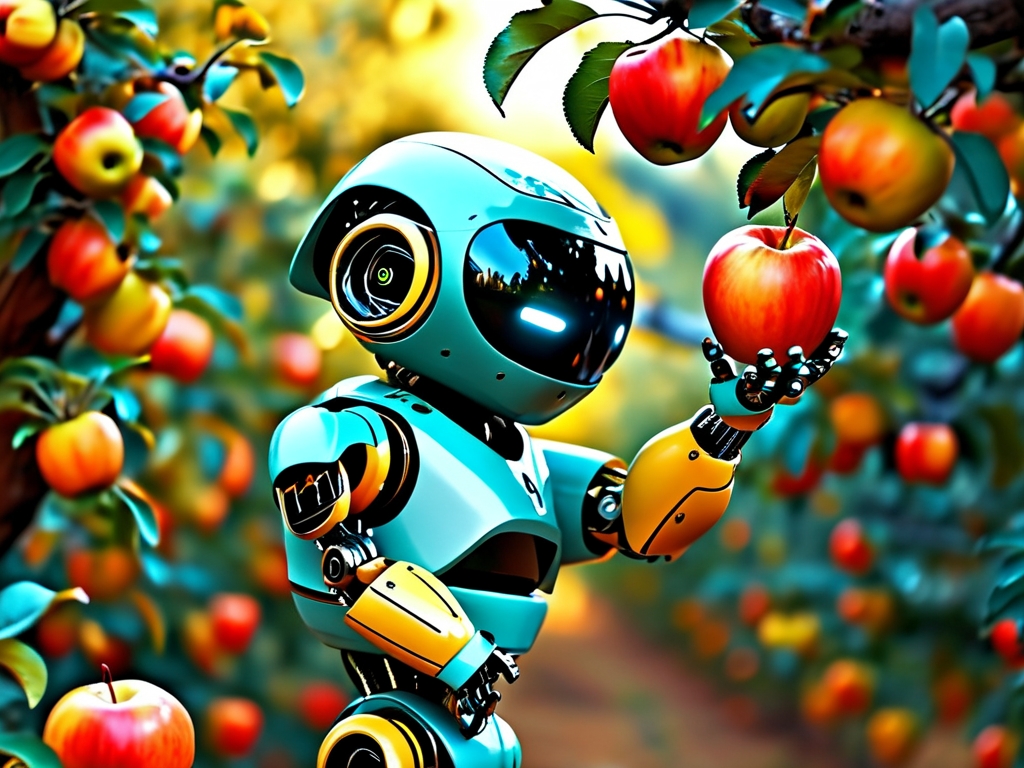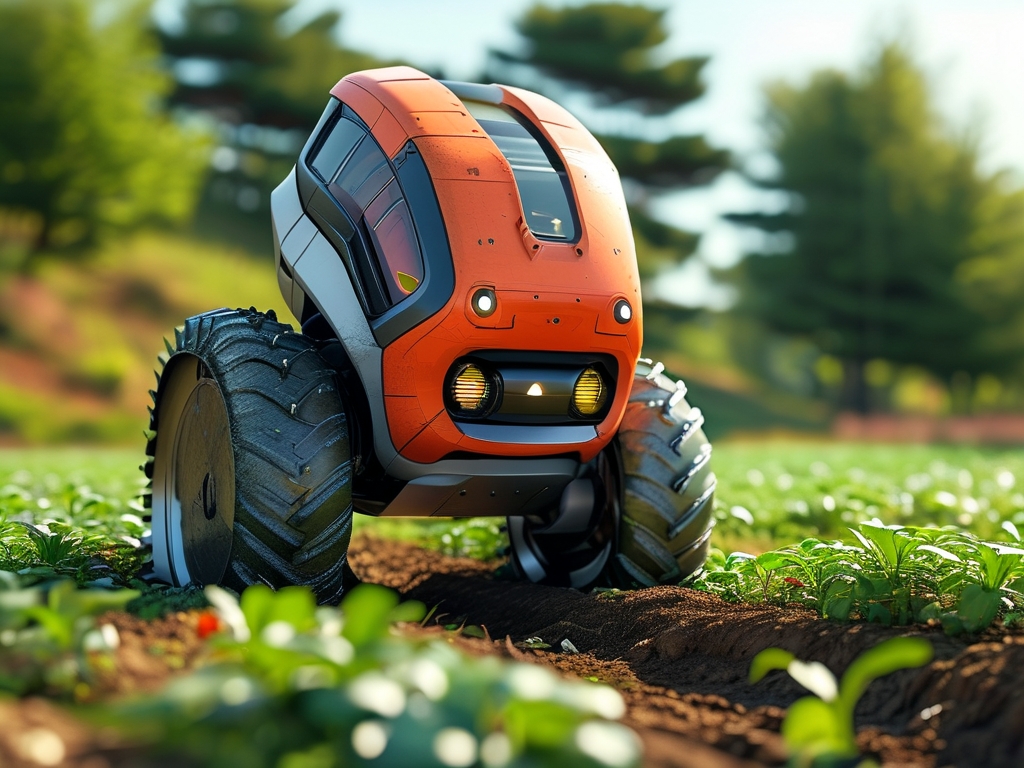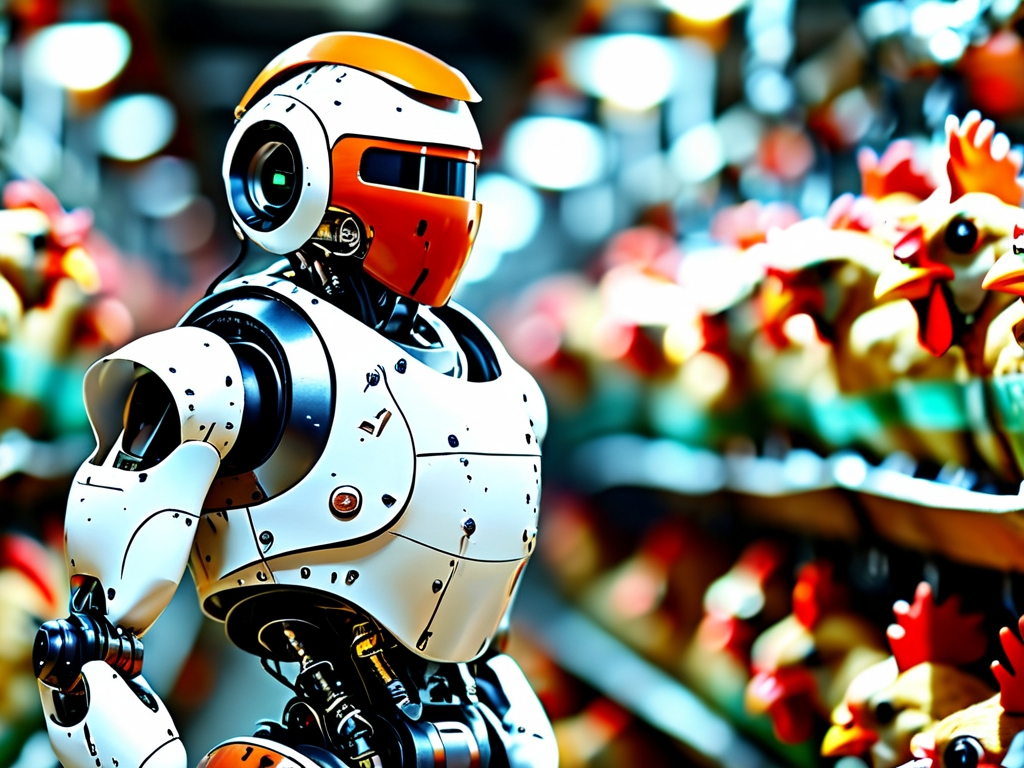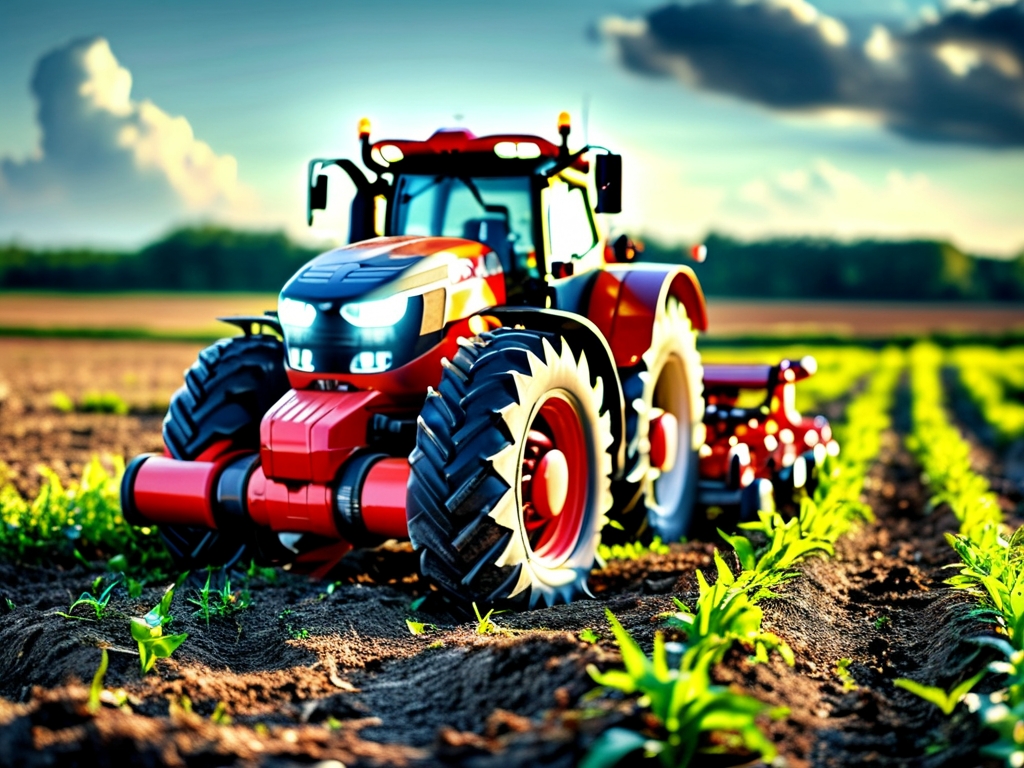The advent of robotic apple harvesting promises to revolutionize the agricultural industry by addressing labor shortages and improving efficiency. However, developing reliable robotic systems for this task involves overcoming significant technical challenges. This article explores the key difficulties in automating apple harvesting and the cutting-edge solutions being developed to tackle them.
1. Environmental Complexity and Fruit Detection
Apple orchards present a highly unstructured environment. Variations in lighting conditions, foliage density, and fruit occlusion make accurate apple detection exceptionally challenging. Unlike controlled industrial settings, natural orchards require robotic systems to adapt to dynamic factors such as shadows, changing sunlight angles, and overlapping leaves.
Modern solutions leverage advanced computer vision algorithms, combining RGB-D cameras and multispectral imaging to distinguish apples from their surroundings. Deep learning models, trained on thousands of annotated orchard images, enable systems to identify apples even when partially obscured. For instance, researchers at Cornell University have developed neural networks that achieve 95% detection accuracy under optimal conditions. However, real-world performance often drops due to rapid environmental changes, necessitating adaptive algorithms that recalibrate in real time.
2. Precision Gripping and Damage Prevention
Once an apple is detected, the robot must grip and detach it without bruising the fruit or damaging the tree. Apples are delicate, with thin skins susceptible to pressure, and their stems require precise cutting or twisting motions. Traditional robotic grippers, designed for rigid industrial objects, struggle with this level of finesse.
Innovative approaches include soft robotic grippers made from compliant materials like silicone, which conform to the fruit’s shape. Some systems use suction mechanisms combined with torsion sensors to twist apples off branches gently. A team at MIT has prototyped a hybrid gripper that adjusts suction force based on fruit size and ripeness, reducing damage rates to under 5%. Another challenge is stem cutting: lasers and micro-blades are being tested, but energy consumption and safety concerns remain unresolved.
3. Autonomous Navigation in Orchards
Navigating uneven terrain while avoiding tree trunks, irrigation equipment, and other obstacles is critical for mobile harvesting robots. GPS-based navigation often fails under dense tree canopies, and traditional lidar systems struggle with complex foliage patterns.
Emerging solutions include SLAM (Simultaneous Localization and Mapping) algorithms tailored for orchards. These systems fuse data from wheel odometry, inertial sensors, and 3D cameras to build real-time maps. For example, Agrobot, a Spanish startup, uses modular robots that follow predefined orchard rows while dynamically adjusting paths to avoid obstacles. However, battery life and computational load remain bottlenecks for large-scale deployment.
4. Speed and Efficiency Trade-offs
Human pickers harvest apples at an average rate of 1–2 seconds per fruit. To compete, robots must match this speed while maintaining precision. Current prototypes, such as Apple’s experimental harvester, take 5–7 seconds per apple—a gap attributed to computational latency and mechanical limitations.
Parallel processing and edge computing are being employed to reduce decision-making time. Swarm robotics, where multiple small robots collaborate in a single tree, is another promising approach. Researchers in Japan have demonstrated a 30% efficiency gain using synchronized drone-arm systems, though coordination algorithms require further refinement.
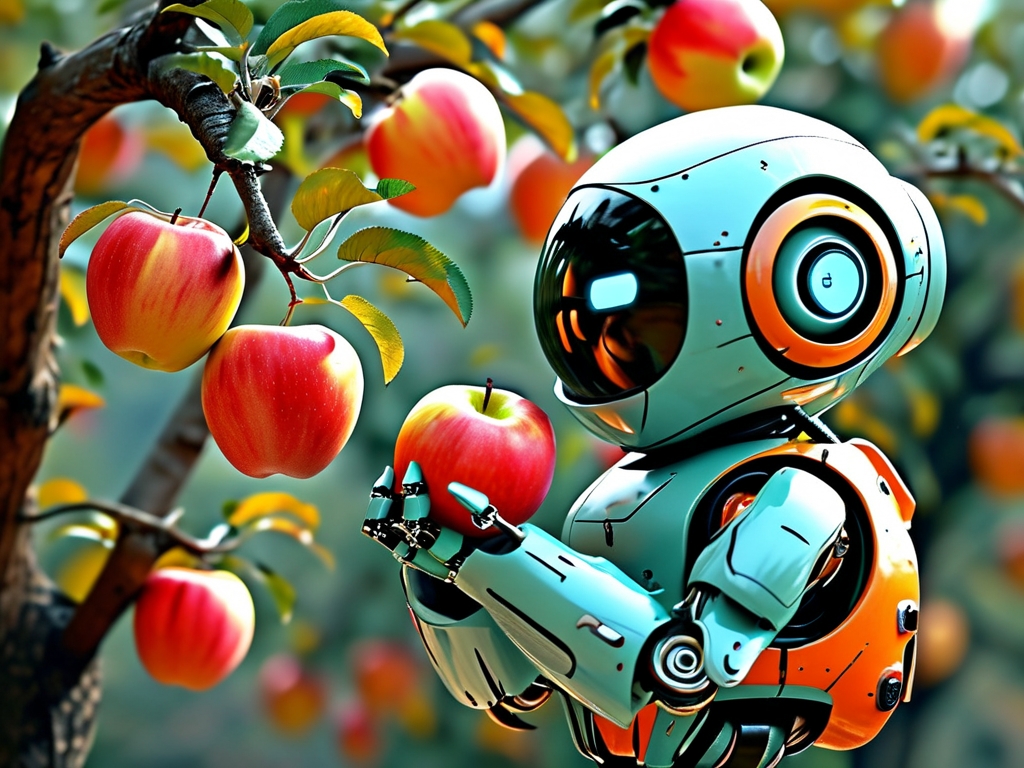
5. Economic Viability and Scalability
Even if technical hurdles are overcome, high development costs and maintenance requirements pose barriers to adoption. A single harvesting robot can cost upwards of $200,000, far exceeding the seasonal wages of human laborers. Farmers also need systems adaptable to diverse apple varieties and orchard layouts.
To address this, companies like Abundant Robotics are pursuing modular designs that allow hardware customization. Government subsidies and shared robotics platforms (e.g., “Robotics-as-a-Service” models) could lower upfront costs. Meanwhile, AI-driven simulation tools are helping optimize robot workflows for specific orchard configurations.
While robotic apple harvesting is still in its infancy, progress in AI, material science, and sensor technology is accelerating its feasibility. The integration of these advancements could eventually enable 24/7 harvesting operations, reduce food waste, and stabilize labor-dependent supply chains. However, interdisciplinary collaboration among engineers, biologists, and farmers will be essential to refine these systems for real-world reliability. As the technology matures, it may not only transform apple cultivation but also pave the way for automating other delicate fruit-harvesting processes.
